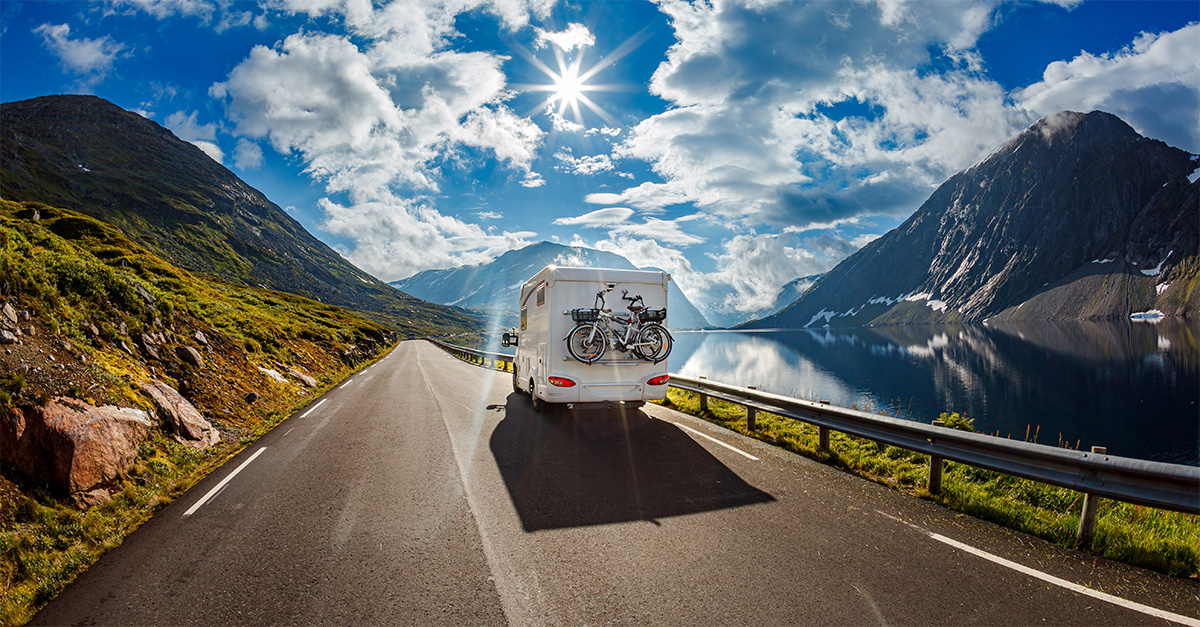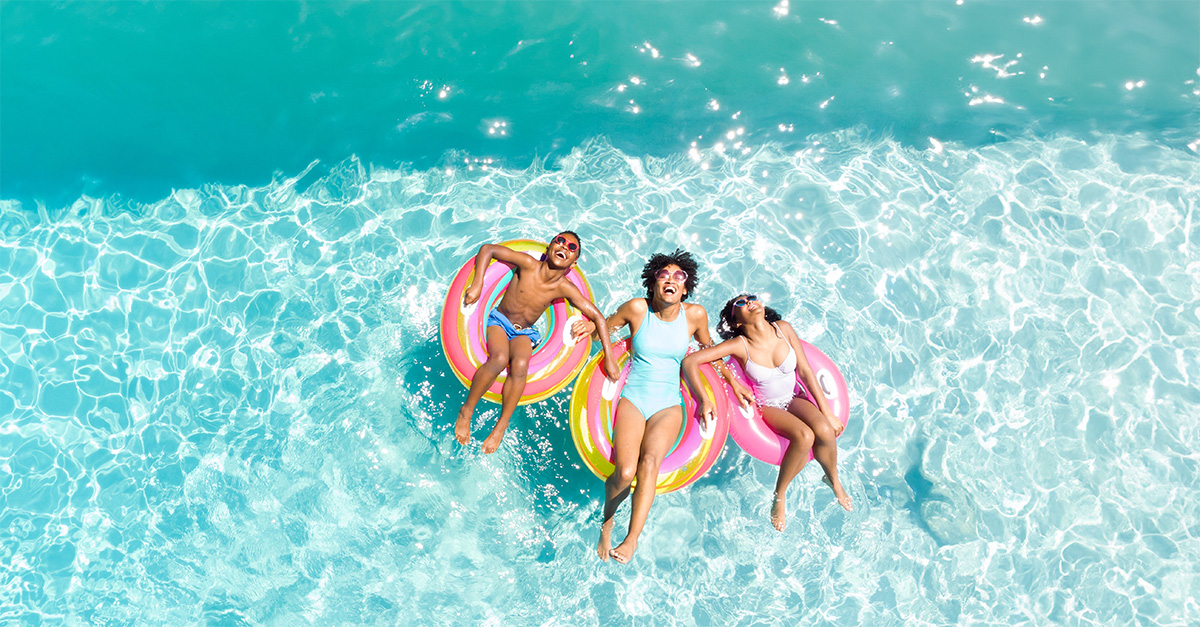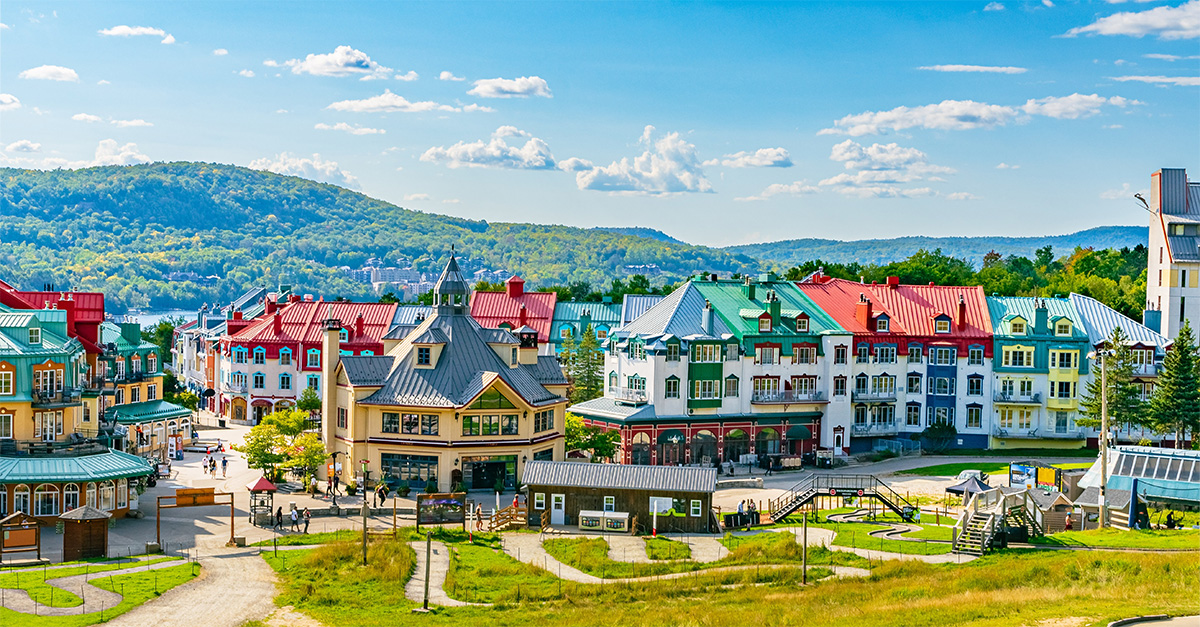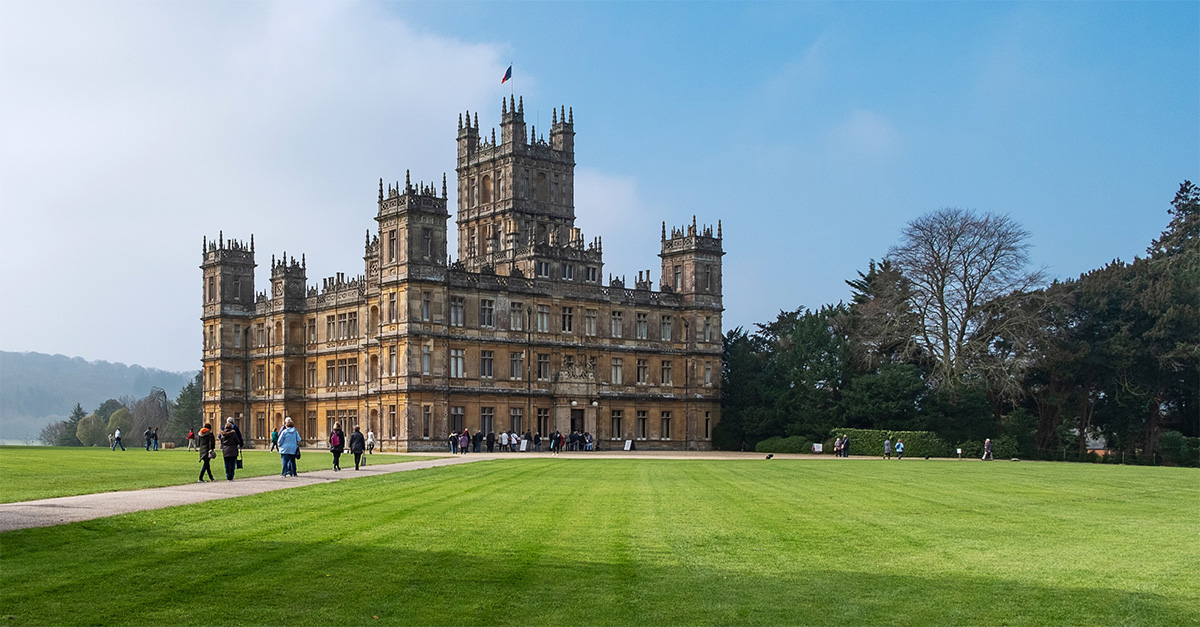As a landmark Polar Worlds exhibition opens in London, the curator talks Inuits, ice charts and seeing the Arctic up-close. Joanna Booth reports
Click here to download and save as a PDF.
Seeing polar bear cubs playing on the sea ice was a privilege,” says Claire Warrior, her face lighting up at the memory.
Despite studying the polar regions for many years – as senior curator of exhibitions at the National Maritime Museum in London, she’s spent the past four years hard at work on the recently opened Polar Worlds gallery – Claire hadn’t visited the Arctic until this summer.
Cruising on Akademik Sergey Vavilov with One Ocean Expeditions, the leading operator in the Canadian Arctic, she was finally able to experience the region first hand.
“Each day was different. Sometimes we’d get into cold weather gear, board the Zodiacs and spot seals, walruses and humpback whales. Or we’d get off the ship and take walks to experience the landscape and see remains of Inuit turf homes, abandoned forts or trading posts. We also visited Inuit communities, where we saw local art and cultural performances.
“Itineraries in the region can change easily. Sea ice prevented us visiting Cambridge Bay and Resolute.”
“Days at sea were filled with presentations from the onboard experts – which included a historian, archaeologist, bird expert, glaciologist and photographer – and cruising.
I loved sitting in the observation lounge with binoculars, watching the sea ice. The call would go up if polar bears or other wildlife came into view.
“Every night before dinner the crew would bring out the ice charts and show us how to read them. Large areas of red were no-go, as you’d need an icebreaker.
Itineraries in the region can change easily. Sea ice prevented us visiting Cambridge Bay and Resolute, sights I had a strong connection to down to their polar exploration history, but you remain philosophical, and it’s a reminder that even today, you can’t bend the Arctic to your whim.
“Because we were redirected, we caught a glimpse of narwhals, and stopped at a tiny Inuit community of just 900 people where they opened the community centre for us, and the local elders showed us some drum dancing – the connection felt very warm and natural.”
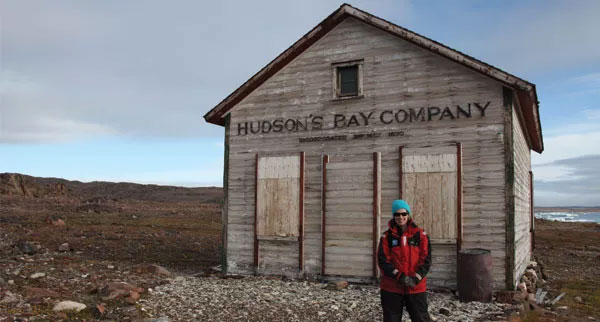
The pioneers
Claire would be the first to tell you that the British obsession with the Canadian Arctic is long standing. The first recorded English voyage in search of the Northwest Passage – a polar trade route between the Atlantic and Pacific Oceans via Canada’s northern coast and islands – was in 1497, and for hundreds of years explorers tried to chart a course through the archipelago.
Many perished – most famously, Franklin’s 1845 expedition aboard the ships Erebus and Terror, the wrecks of which were only located in 2014 and 2016 – but in 1906, the Norwegian explorer Roald Amundsen successfully completed a full transit.
“Ponant has found the destination popular since it launched in 2008, with cruises selling out up to two years in advance.”
It’s still an adventurous voyage. Hurtigruten, which started operating in the Canadian Arctic in 2017, calls the Northwest Passage the “holy grail of expedition voyages,” and reports swift sales driven by pent-up demand.
Silversea, which has cruised in the region since 2008, reports an increase in popularity that has resulted in the 144-passenger Silver Explorer being replaced by the 240-passenger Silver Cloud. Ponant has found the destination popular since it launched in 2008, with cruises selling out up to two years in advance.
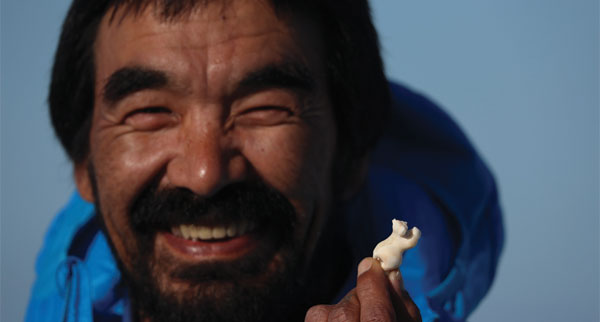
Inner circle
Canada’s ‘Far North’ is vast, with 39% of the country above the Arctic Circle, yet only one per cent of its population lives there, almost all of whom are part of the Inuit community.
Temperatures in this epic landscape of fjords, glaciers, mountains, tree-free tundras and pack ice can drop into the -30s in winter, but during the short summer hover around freezing, with long hours of daylight. Cruise operators make the most of the relatively balmy conditions, with voyages running from July to September.
When it comes to expedition cruising, Canadian operator One Ocean Expeditions is a specialist, with the widest range of itineraries on offer. Some focus purely on the central section of the Northwest Passage, which is particularly rich in exploration history, including many sites – from grave markers to abandoned lifeboats – relating to Franklin’s ill-fated voyage.
“Clients will encounter local communities who have not only survived, but thrived, in these extreme conditions for millennia.”
Itineraries at the eastern edge of the passage around Baffin Island (which is more than twice the size of Great Britain) are a great choice for those with an interest in Inuit culture. Clients will encounter local communities who have not only survived, but thrived, in these extreme conditions for millennia, and still maintain many traditional ways of life. The beauty and quality of Inuit arts and crafts are particularly noteworthy, prized by collectors all over the world.
Longer itineraries combine central and eastern sections of the passage, and the western coast of Greenland is a frequent pairing too. Any voyage will showcase landscapes of extraordinary drama, with vast glaciers, soaring mountains and deep fjords. Wildlife sightings are a major draw, with the chance to see polar bears, whales, narwhals, walruses, belugas, caribou and musk ox, plus rare birdlife.
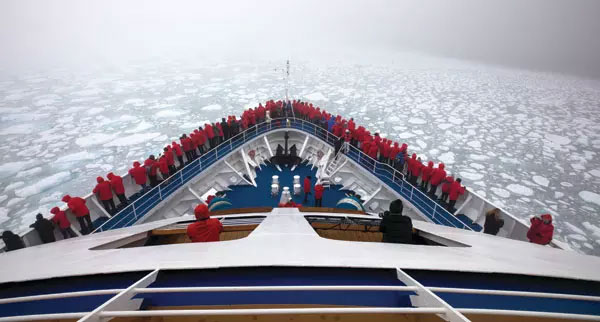
Sea sells
Clients are in the main from an older demographic, but will be adventurous types with considerable spending power, with two-week cruises ranging between £7,000 and £10,000 depending on the cruise line. High fitness levels aren’t necessary, but passengers will need to be able to climb in and out of the Zodiacs, which requires a certain amount of coordination and balance.
Many may already have visited the Antarctic or Spitsbergen, but the Canadian Arctic offers something different, both in terms of territory and culture.
Silversea’s expedition content specialist Christian Walter says: “Marine mammal observation tends to be easier in certain parts of Nunavut than in Svalbard, and the art produced by the different communities in Nunavut is outstanding – there is nothing comparable in the European Arctic.”
“The ships still feature saunas, heated Jacuzzis, a plunge pool, a fitness room and a massage therapist.”
Levels of luxury on board will vary by cruise line, with Silversea providing the most indulgent experience, with sleek suites and four restaurants aboard Silver Cloud. Ponant’s L’Austral and Le Boreal also offer a high-end experience, and Hurtigruten passengers cruising on the new Roald Amundsen, which launches next year, will find a much smarter ship than the existing Fram.
These ships carry upwards of 250 passengers, whereas One Ocean Expeditions vessels sail with a maximum of 92, offering a more boutique experience. Cabins are comfortable rather than luxurious, but the ships still feature saunas, heated Jacuzzis, a plunge pool, a fitness room and a massage therapist. From next year, the operator’s new ship RCGS Resolute will cruise in the region. One Ocean is the marine travel partner of the Royal Canadian Geographical Society, and contributed to the discovery of Erebus, Terror and in August this year, Nova Zembla, a Scottish whaling ship that sank off Baffin Island in 1902.
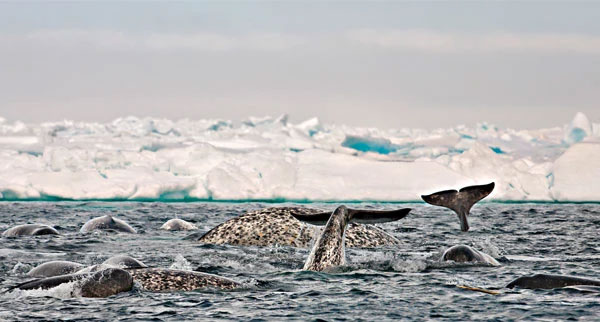
What’s left for landlubbers?
While expedition cruising is the most established way to see the region, operators are beginning to offer land experiences too. Arctic specialist Magnetic North Travel has introduced a floe-edge experience for May and June 2019, based in Pond Inlet, Nunavut. Staying in a premium safari camp where the open sea meets the frozen sea, guests will search for polar bears and narwhals with Inuit guides. It’s particularly suited to travellers looking for a very immersive experience, and keen photographers.
“Staying in a premium safari camp where the open sea meets the frozen sea, guests will search for polar bears and narwhals with Inuit guides.”
Best Served Scandinavia offers stays at Arctic Haven Wilderness Lodge, an eco-lodge with gourmet cuisine on the shores of Nunavut’s Ennadai Lake. It’s a few degrees south of the Arctic Circle, but a perfect location to observe the spring and autumn migration of more than 350,000 caribou.
Read more
Arctic adventures in the Norwegian archipelago of Svalbard
The best ski resorts in Canada
Mountain getaways in the US

